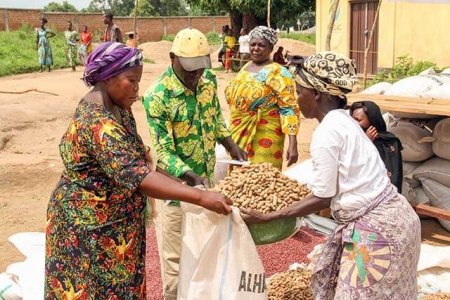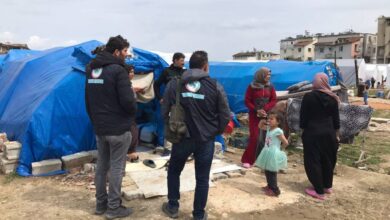
For the 2021 CAR Humanitarian Needs Overview (HNO), the Nutrition Cluster estimated that approximately 1.1 million of persons need nutrition assistance, with 205,642 children under five years acutely malnourished. 62,327 with severe acute malnutrition (SAM), who risk death without immediate treatment, and 143,315 with moderate acute malnutrition (MAM). Additionally, an estimated 37,000 pregnant or lactating women (PLW) are also malnourished making them vulnerable to maternal mortality and varied morbidities that will negatively affect their infants. Furthermore, an estimated 90,000 children aged between 6 -59 months and 140,000 PLW are in need of Blanket supplementary feeding programme. According to UN estimates, nearly 1.93 million people in CAR are expected to be in high acute food insecurity (IPC Phase 3 or above) through April 20211 . The procurement capacities of CAR’s markets have greatly diminished, and price monitoring has demonstrated a rise in the price of staple foods since December 20202 . Many large traders and herders have fled the country, raising fears of a market collapse that could exacerbate the current food crisis. At least 63,800 people have been internally displaced3 and another 105 300 seeking shelter in neighboring countries.
In addition to mounting food insecurity, vulnerable populations have also had to cope with a collapse of basic healthcare services since the beginning of the crisis. As of to date 13 mobiles clinics and 60 health facility have suspended their health and nutrition services due to insecurity. The rainy season may start as early as March in CAR, leading to an increase in the incidence of malaria and diarrhoea. Childhood underweight (low birth weight, wasting and/or stunting) is the number one risk factor for death in children under five in CAR.
SOURCE: Nutrition Cluster UNICEF

